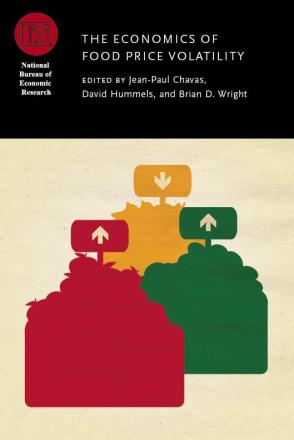Bubbles, Food Prices, and Speculation: Evidence from the CFTC's Daily Large Trader Data Files

The "Masters Hypothesis" claims that unprecedented buying pressures from new financial index investors created a massive bubble in agricultural futures prices at various times in recent years. This chapter analyzes the market impact of financial index investment in agricultural futures markets using non-public data from the Large Trader Reporting System (LTRS) maintained by the U.S. Commodity Futures Trading Commission (CFTC). The LTRS data is superior to publicly-available data because commodity index trader (CIT) positions are available on a daily basis, positions are disaggregated by contract maturity, and positions before 2006 can be reliably estimated. The null hypothesis of no impact of aggregate CIT positions on daily returns is rejected in only 3 of the 12 markets. Point estimates of the cumulative impact of a one standard deviation increase in CIT positions on daily returns are negative and very small, averaging only about two basis points. The null hypothesis that CIT positions do not impact daily returns in a data-defined roll period is rejected in 5 of the 12 markets and estimated cumulative impacts are negative in all 12 markets; the opposite of the expected outcome if CIT rolling activity simultaneously pressures nearby prices downward and first deferred prices upward.


